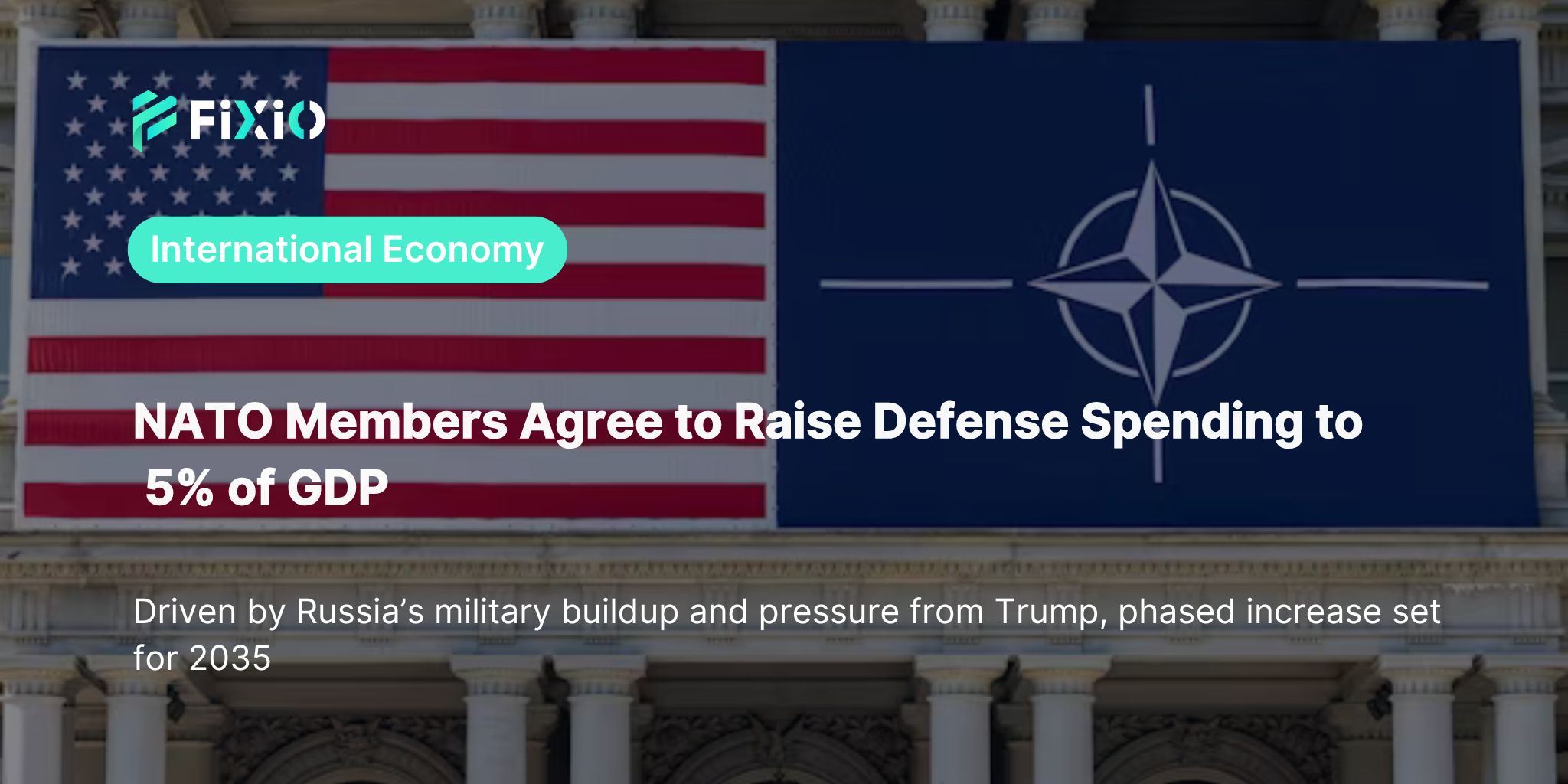
In June 2025, NATO (the North Atlantic Treaty Organization) member states agreed to gradually raise defense spending to 5% of their gross domestic product (GDP). This figure more than doubles the 2% goal established in 2014. The new breakdown allocates 3.5% to core defense elements such as arms and personnel, and 1.5% to auxiliary spending like infrastructure and cyber defense.
The driving force behind this agreement was repeated pressure from U.S. President Donald Trump. Trump has consistently argued that the U.S. is shouldering NATO disproportionately and has demanded significant increases in defense spending from member states. He previously proposed raising the GDP ratio to 4%, and now calls for 5%, even stating, "If they don't pay, I won't defend them."
In response, NATO Secretary-General Rutte presented a realistic and politically feasible roadmap to gradually reach 5% by 2035. After discussions at the ambassadorial level, the plan was formally agreed upon at the latest summit.
Behind this decision lies the military threat posed by Russia. Secretary-General Rutte stated, "Russia is rebuilding its military at a frightening speed," especially since the invasion of Ukraine in 2022, prompting heightened security concerns among European nations.
Following the annexation of Crimea in 2014, NATO countries have been gradually expanding their military capacities, but the prevailing 2% goal is now viewed as insufficient for a meaningful response.
As of 2024, only 22 out of 32 NATO countries had achieved the 2% spending goal. Southern European countries such as Spain, Italy, and Portugal continue to fall short, citing domestic economic conditions and political considerations as major barriers to increased defense expenditure.
In contrast, countries bordering Russia, including the Baltic States, have actively expanded their defense budgets, with some already surpassing the 3% threshold.
The 5% agreement is not just a financial decision; it also impacts the restructuring of collective self-defense and the broader transatlantic security framework. While the Trump administration shows a willingness to remain engaged with NATO, its unpredictable statements have fueled concerns in Europe, leading to growing calls for reduced dependence on the U.S.
Mid-term reviews in 2032 and 2035 will assess the progress and effectiveness of the spending increase. Key factors will include investment transparency and public support across member nations.
Amid rising threats from Russia, pressure from the Trump administration, and evolving national security strategies, NATO has embarked on an unprecedented expansion of its defense budget. Nevertheless, financial burdens and domestic political consensus remain significant challenges. Member states will need to demonstrate true solidarity to meet this historic commitment.
This article is based on reports available as of June 2025. Please note that the content may change depending on future international developments.
Superior trade execution & trading conditions with the NDD method.

The online FX industry provides a platform for investors worldwide to engage in the buying and selling.

Subscribe to our daily newsletter and get the best forex trading information and markets status updates
Trade within minutes!
Comment (0)